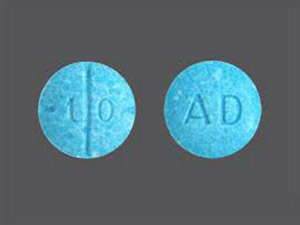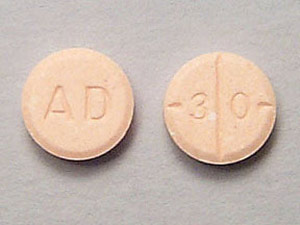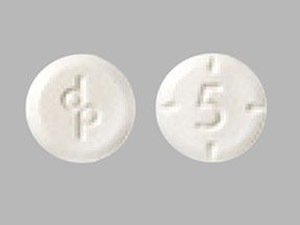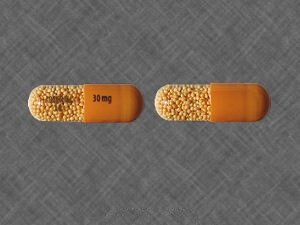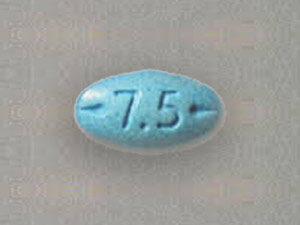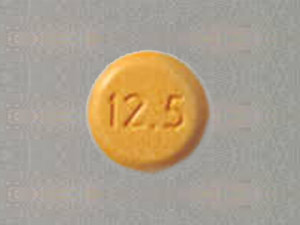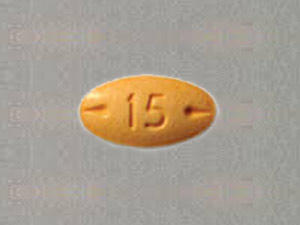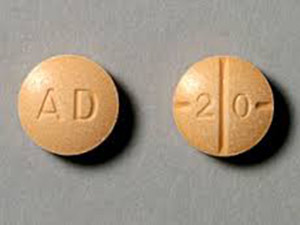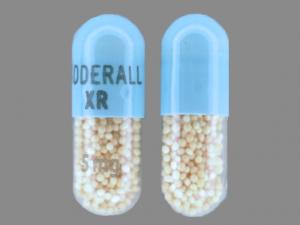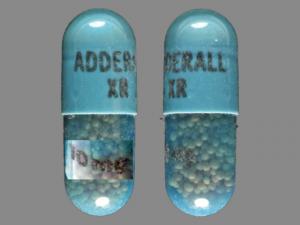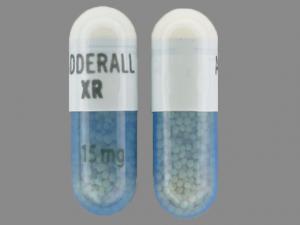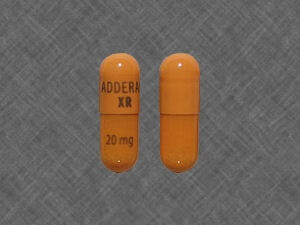Category: ADHD
Showing 1–12 of 13 resultsSorted by latest
Definition of ADHD
ADHD is a neurodevelopmental condition that impacts both children and adults. It is characterized by persistent patterns of hyperactivity, inattention, and impulsivity that can impair daily functioning. ADHD is a complex condition that goes beyond the stereotypical image of a hyperactive child; it encompasses various subtypes and manifests differently across the lifespan.
Historical Context
The history of ADHD traces back to the early 20th century, when it was first identified as a behavioral disorder. Over the years, the understanding and recognition of ADHD have evolved, leading to advancements in diagnosis and treatment. Early perceptions of ADHD often stigmatized people, but contemporary research has shed light on the neurobiological basis of the disorder, challenging misconceptions and promoting empathy.
Causes and Risk Factors
The development or causes of ADHD is influenced by numerous factors, including genetic and environmental. Based on specific genes linked to the modulation of neurotransmitters, genetic investigations point to a hereditary component. Ecological variables, including lead exposure, early birth, and fetal exposure to tobacco smoke, also increase the risk factors for ADHD. It is essential to comprehend these elements in order to implement early intervention and customized treatment plans.
It’s important to note that a diagnosis should be made by a qualified healthcare expert, such as a psychiatrist or a psychologist, based on a thorough evaluation.
1. Inattention Symptoms:
- Frequently paying insufficient attention to detail, resulting in thoughtless errors at work or in other pursuits.
- Inability to focus when performing work or engaging in play.
- Forgetfulness in routine tasks, such as failing to finish tasks or remembering appointments.
- Easily distracted by unrelated stimuli.
- Difficulty organizing tasks and activities.
- Avoiding or being unwilling to perform things requiring prolonged mental work.
2. Hyperactivity and Impulsivity Symptoms:
- Fidgeting or tapping hands or feet.
- Inability to stay seated in situations where it is expected.
- Running or climbing in unsuitable situations.
- Inability to engage or play in activities quietly.
- Talking excessively.
- Interfering or intruding on others’ conversations or games.
- Difficulty waiting for one’s turn.
3. Combination of Symptoms:
- Some people may exhibit a combination of both inattention and hyperactivity-impulsivity symptoms.
Diagnosis:
- ADHD cannot be diagnosed through a single test.
- Diagnosis involves a comprehensive assessment, including:
- Gathering information from parents, teachers, and other caregivers about the person’s behavior in different settings.
- Observations of the person’s behavior and performance.
- An assessment of the person’s developmental history and current symptoms.
- Ruling out other possible explanations for the symptoms.
- The diagnosis is typically based on specific criteria outlined in the DSM-5 (Diagnostic and Statistical Manual of Mental Disorders). To be diagnosed with ADHD, symptoms must be severe, persistent, and impair daily functioning.
- Other conditions that may have similar symptoms, such as learning disabilities, anxiety, or depression, should be considered and ruled out.
Types of ADHD
There are three major types of ADHD such as.
ADHD, hyperactive/impulsive type- With little inattention or distractibility, this is the least frequent form of ADHD and is generally characterized by impulsive and hyperactive behaviors.
ADHD, distractible, and inattentive type- The main characteristics of this kind of ADHD are distractibility and inattention without hyperactivity.
ADHD, combined types- It is the most prevalent form of ADHD. Both hyperactive-impulsive and inattentive symptoms can be present in those who have it.
Coexisting Conditions
A. Common Comorbidities (e.g., Anxiety, Depression)
ADHD generally travels alone; it often coexists with other mental health issues like anxiety disorder and depression. Recognizing and addressing these comorbidities is crucial for comprehensive treatment strategies that consider the interconnected nature of mental health.
Treatment Approaches
Several treatment options help to treat ADHD-
Behavioral therapy
ADHD impacts not only a child’s ability to pay, concentrate, or sit still at school but also impacts relationships with close ones and family. Children diagnosed with attention deficit hyperactivity disorder sometimes exhibit very disruptive behaviors toward others. Behavior therapy is a treatment option that may help reduce these behaviors; it is beneficial to start behavior therapy as soon as a diagnosis is made.
The objectives of behavior therapy are to learn or strengthen positive behaviors and get rid of unwanted or problematic behaviors.
Behavior therapy for ADHD may include
- Behavior therapy with children
- Parent training in behavior management
- Behavior interventions in the classroom
Medications
Medication can assist kids in controlling the behaviors that cause problems with friends, family, and school, as well as in managing the symptoms of attention deficit hyperactivity disorder in their daily lives.
Various types of medications are FDA-approved that help to treat ADHD in children as young as six years of age.
- Stimulants are the well-known and often used ADHD drugs. When taking these fast-acting drugs, about 70-80% of children experience reduced symptoms of ADHD.
- Nonstimulants were authorized for treating attention deficit hyperactivity disorder in 2003. They don’t show their effects as fast as stimulants, but their effect may stay up to a day.
Adderall
Adderall is used to treat attention deficit hyperactivity disorder. Adderall belongs to a group of drugs called central nervous system (CNS) stimulants. It works by changing the amounts of certain natural substances in the brain.
It is a brand name for a drug called dextroamphetamine and amphetamine. This medication contains the active ingredients dextroamphetamine, an amphetamine salt, which is a central nervous system stimulant, and amphetamine, an amphetamine salt. It is used to treat attention deficit hyperactivity disorder (ADHD).
Vyvanse
Vyvanse is a prescription medication used for the treatment of attention deficit hyperactivity disorder in children, teenagers, and adults. Vyvanse is part of a group of drugs called amphetamine salts. It can be used alone or with other ADHD medications.
Vyvanse was approved by the Food and Drug Administration (FDA) in 2008 and has been on the market ever since. Vyvanse packages are available in 10mg, 20mg, and 30mg strengths to control symptoms at different stages of life.
Meditation or Yoga
Regular yoga practice, meditation, and relaxation techniques can help children de-stress and develop self-control, which can help them cope with the symptoms of ADHD.
Special diets
Patients should avoid including foods that increase hyperactivity, such as common allergens and sugar, such as milk, wheat, and eggs. Few diets recommend avoiding artificial additives and food dyes.
These are the best treatment approaches for attention deficit hyperactivity disorder that you may try after consulting your healthcare expert.
Impact on daily life
The regular struggles of ADHD patients may include impulsiveness, difficulty paying attention, and restlessness. Symptoms may range from mild to acute. ADHD symptoms may impact your daily life. It would be best if you informed your healthcare expert about further treatments.
Long-term Outlook
While ADHD may persist into adulthood, its impact can be mitigated with appropriate interventions. Many people with A.D.H.D excel in creative fields and entrepreneurial endeavors, leveraging their unique perspectives and energy.
With ongoing support and understanding, people with attention deficit hyperactivity disorder can navigate challenges and lead fulfilling lives. However, untreated or inadequately managed ADHD may contribute to long-term difficulties, including academic and occupational underachievement.
Conclusion
I hope you find this guide informative. A.D.H.D is a complex neurodevelopmental disorder that needs an understanding of its causes, symptoms, and impact on daily life. Recognizing the diverse manifestations of ADHD, its coexisting conditions, and the array of treatment approaches available is crucial for effective management.
By fostering awareness and empathy, society can create an environment that supports people with attention deficit hyperactivity disorder in realizing their full potential. As research and awareness continue to grow, the future holds promise for improved strategies to enhance the lives of those affected by ADHD.

